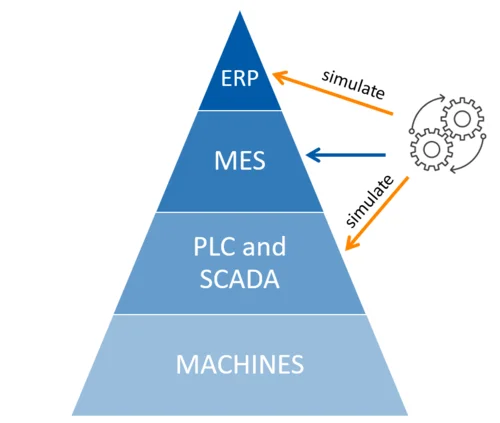‘I spy with my tester’s eye…
Software testing can roughly be divided into functional and non-functional. Functional testing focuses on answering the essential question: “Does the solution work like it’s supposed to,” looking for the answers from the smallest modules or operations to complex and layered integrations with external systems. Non-functional testing, as the name already suggests, concentrates on other aspects of the solution, like ‘is it easy enough to use,’ ‘will it handle peak times,’ or ‘is it easily scalable.’ Depending on the MES system and business requirements, either type of testing can be done in one of two modes, manual or automated – which are more alike than most people believe.
In manual testing, a human tester will meticulously check your solution hands-on, looking for any gaps, inconsistencies, and errors – screen by screen, operation by operation. They will do their best to try to break the system in various ways, to make sure that your users won’t be able to in a real-life situation. Manual testing is essential in verifying if critical operations and business flows work as designed – a tester is often the first to point out a flaw or inconsistency in the solution before it becomes a stumbling block later in the development. What is more, since testers assume the end user’s point of view, they will also spot any concerns with the solution’s user interface and user experience. After all, you need a solution that is easy to use and, ideally, easy on the eyes, too – and this is something only a human tester will catch.


